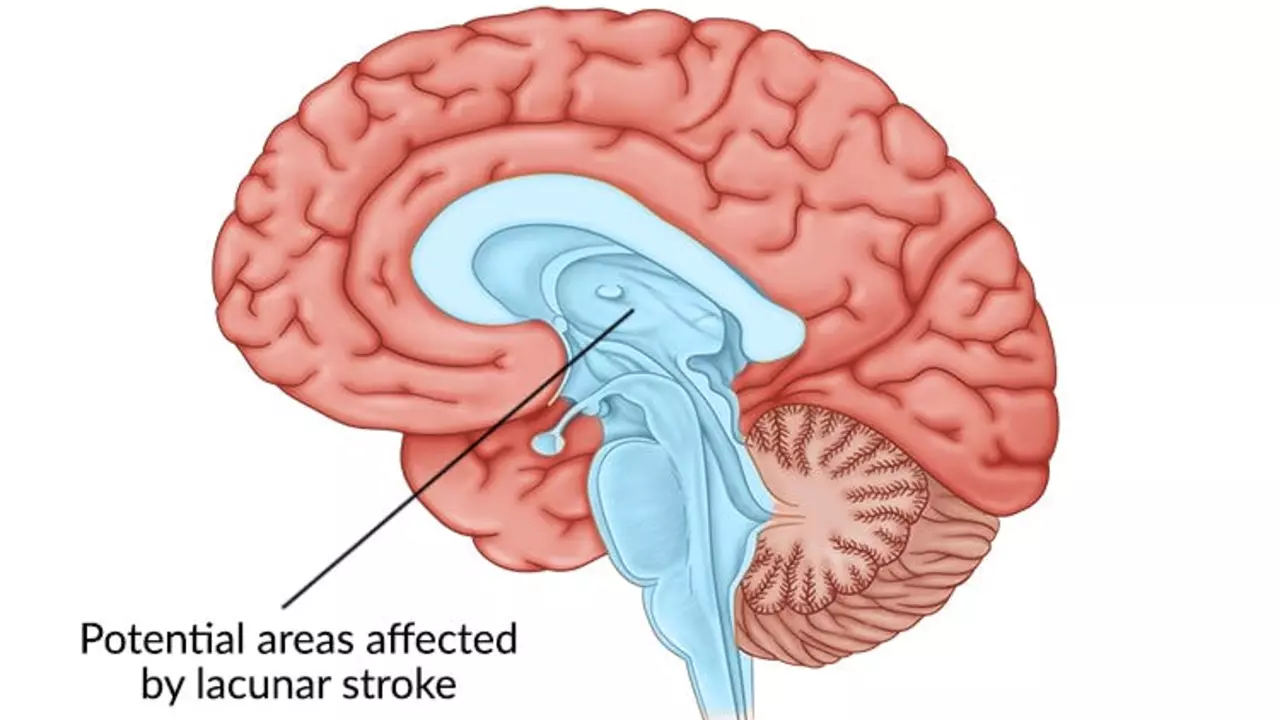Stroke Causes: What You Need to Know to Protect Yourself
Stroke is one of those health problems that can hit suddenly and with serious consequences. But knowing what triggers a stroke can give you the power to lower your risk and catch early warning signs. The main thing to remember is that strokes happen when blood flow to parts of the brain gets blocked or when a blood vessel bursts. This shuts off oxygen and nutrients that brain cells need to survive—fast.
Common Stroke Causes You Can Watch Out For
There isn't just one reason strokes happen. Often, it's a mix of factors. High blood pressure stands out as the top villain here because it can damage artery walls and encourage blockages or leaks. Another major cause is blood clots, which form when blood thickens or sticks together in the wrong spot—like in people with atrial fibrillation (an irregular heartbeat). These clots can travel up to the brain and cause a stroke.
Other contributors include fatty deposits clogging arteries (atherosclerosis), smoking, diabetes, obesity, and a sedentary lifestyle. Age and family history also weigh in, but the good news is many causes are within your control. Simple things like keeping blood pressure in check, quitting smoking, staying active, and eating well can dramatically cut down your chances.
Spotting Stroke Before It Happens
Stroke can sneak up fast, but there's often warning signs if you're paying attention. Sudden numbness or weakness, especially on one side of the body, trouble speaking or understanding speech, vision problems, dizziness, or a severe headache with no clear cause—that's your brain waving a red flag.
Knowing your personal risk factors and controlling them with your doctor’s help makes a huge difference. Regular check-ups, managing existing health conditions, and living healthily create a solid defense against stroke.
Bottom line? Stroke causes aren't some random mystery. They come from things you can track, treat, or change. Keep your eyes open and body active to steer clear of stroke risks.

Understanding the Different Types of Strokes and Their Causes
In my recent exploration, I've learned that there are primarily three types of strokes: ischemic, hemorrhagic, and transient ischemic attacks (TIA). Ischemic, the most common type, is caused by a blockage or clot in the brain's blood vessels. Hemorrhagic stroke, though less common, is caused by bleeding in the brain. TIAs, also known as mini-strokes, are temporary blockages of blood flow to the brain. Understanding these types and their causes are crucial in prevention and early detection.